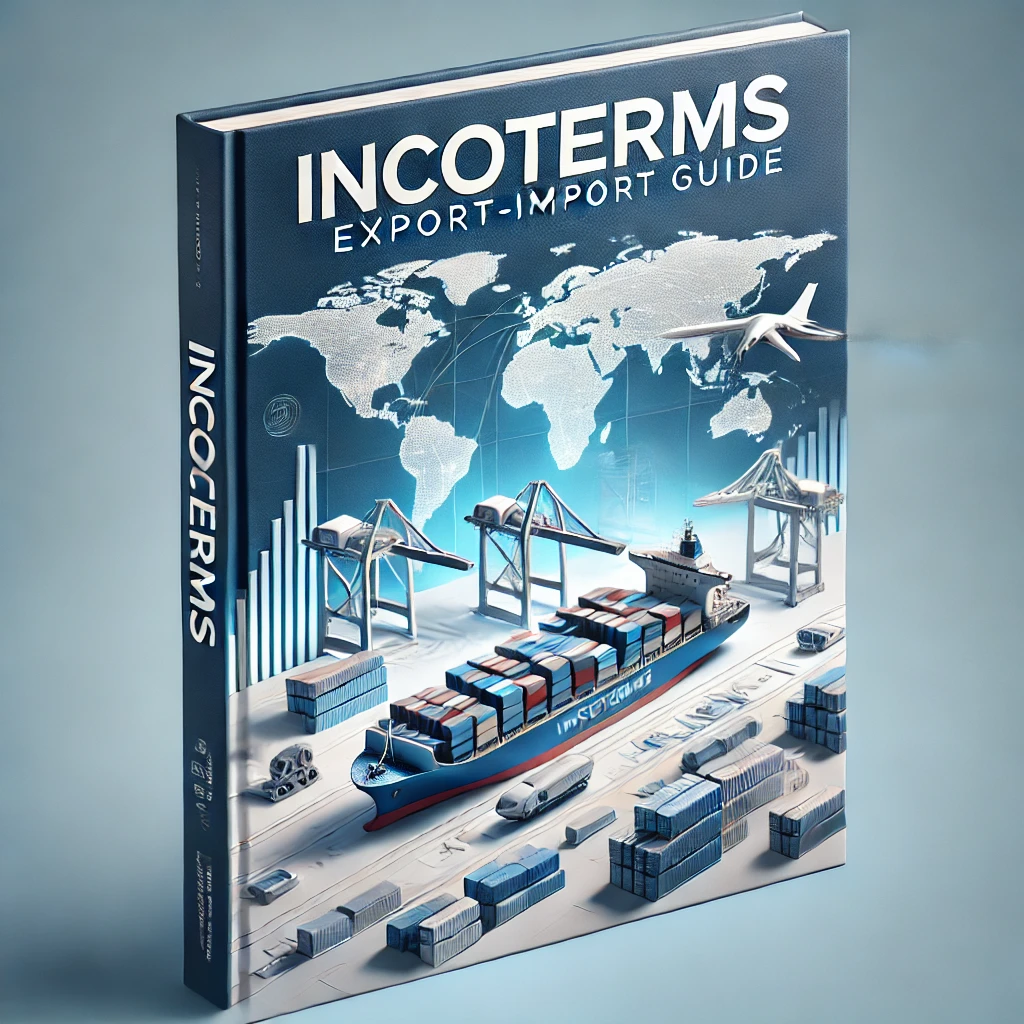Table of Contents
ToggleShipping Incoterms and Their Impact on Costs
Introduction Shipping Incoterms (International Commercial Terms) are a set of predefined rules established by the International Chamber of Commerce (ICC) to define the responsibilities of buyers and sellers in international trade. These terms play a crucial role in global commerce by outlining who is responsible for the transportation, insurance, and customs duties of goods during transit. Understanding Incoterms is essential for businesses as they directly impact shipping costs, risk allocation, and overall supply chain efficiency.
This article will explore the different types of Incoterms, their impact on costs, and how businesses can strategically select the right Incoterms to optimize their shipping expenses.
Understanding Incoterms Incoterms are categorized into two broad groups:
Incoterms for Any Mode of Transport
Incoterms for Sea and Inland Waterway Transport
Each Incoterm determines specific responsibilities related to the cost and risk associated with the transportation of goods. Below is a breakdown of key Incoterms and their implications on costs:

Incoterms for Any Mode of Transport
EXW (Ex Works): The seller’s responsibility ends when the goods are made available at their premises. The buyer bears all transportation costs, insurance, and customs clearance expenses.
Impact on Costs: Higher costs for buyers as they handle the entire shipping process.
FCA (Free Carrier): The seller delivers the goods to a specified location, such as a transport hub. The buyer assumes responsibility from that point onwards.
Impact on Costs: Lower seller costs but higher for buyers, who must manage freight and customs fees.
CPT (Carriage Paid To): The seller pays for freight to a named destination, but the risk transfers to the buyer once the goods are handed to the carrier.
Impact on Costs: Higher seller costs due to freight expenses.
CIP (Carriage and Insurance Paid To): Similar to CPT but includes insurance coverage up to the designated location.
Impact on Costs: Higher costs for sellers as they must cover insurance.
DAP (Delivered at Place): The seller delivers the goods to a named place, but the buyer is responsible for customs clearance.
Impact on Costs: Higher seller costs as they cover transport; buyers handle import duties.
DPU (Delivered at Place Unloaded): The seller bears all costs and risks until the goods are unloaded at the named destination.
Impact on Costs: Highest seller costs due to unloading responsibility.
DDP (Delivered Duty Paid): The seller bears all costs, including duties and taxes, to deliver the goods to the buyer.
Impact on Costs: Highest seller costs but ensures smooth delivery for the buyer.
Incoterms for Sea and Inland Waterway Transport
FAS (Free Alongside Ship): The seller delivers goods next to the vessel; the buyer is responsible for loading and further transportation.
Impact on Costs: Moderate seller costs; higher buyer costs for loading and shipping.
FOB (Free on Board): The seller covers costs until the goods are loaded onto the vessel. The buyer assumes responsibility from that point.
Impact on Costs: Seller incurs loading costs; buyer covers freight and insurance.
CFR (Cost and Freight): The seller pays for transportation to the destination port, but risk transfers at the loading port.
Impact on Costs: Higher seller costs for freight; buyer manages insurance.
CIF (Cost, Insurance, and Freight): Similar to CFR but includes insurance up to the destination port.
Impact on Costs: Higher seller costs for freight and insurance.
Key Cost Factors Affected by Incoterms
Freight Charges: Incoterms determine whether the buyer or seller pays for transportation, significantly impacting overall logistics costs.
Insurance Costs: Terms like CIP and CIF require sellers to cover insurance, affecting their profit margins.
Customs Duties and Taxes: DDP includes all duties paid by the seller, making it costlier than other Incoterms.
Handling and Storage Fees: Incoterms like DPU increase seller expenses due to unloading responsibilities.
Risk Allocation Costs: The point of risk transfer impacts the cost burden on the buyer or seller in case of damage or loss.
Choosing the Right Incoterm to Optimize Costs Businesses must select Incoterms based on their cost tolerance, shipping capabilities, and risk management strategies. Key considerations include:
Supplier and Buyer Negotiation Power: Buyers with strong logistics networks may prefer EXW to reduce supplier pricing.
Market Conditions: In regions with high import duties, using FCA or FOB may be advantageous.
Nature of Goods: Fragile goods may benefit from CIF or CIP, ensuring insurance coverage.
Conclusion Shipping Incoterms are vital for international trade, as they define cost responsibilities and risk allocations between buyers and sellers. A strategic approach to selecting the right Incoterms can help businesses minimize costs, streamline logistics, and enhance profitability. Companies should carefully evaluate their shipping needs and leverage Incoterms that align with their financial and operational capabilities.
